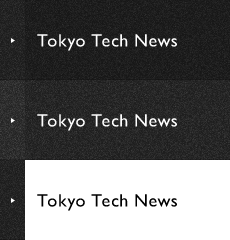Heat distribution control with a new zone-control induction heating system
Heat processing of next-generation wide-band gap semiconductors is expected to require temperatures higher than 1500 K and rapid heat-up rates of greater than 100 K/s. Of the various methods available for high temperature treatment of semiconductors high-frequency induction heating is one of the most promising candidates that satisfies the aforementioned requirements.
However, induction heating has a shortcoming related to temperature uniformity and/or heat distribution due to deviations in the magnetic flux density of the induction heating coils. Although many researchers have attempted to solve this problem by using multiple working coils and high-frequency power supplies, no one has succeeded over the last twenty years.
Now, Pham Ngoc Ha and Hideaki Fujita at Tokyo Tech and the Mitsui Engineering and Ship Builder Co. Ltd. have developed a new zone-control induction heating (ZCIH) system as a part of a cooperative research project.
The ZCIH system consists of six sets of working coils and inverter circuits, and is controlled with a newly developed ‘current phase synchronization’ technology and three-dimensional resistance matrix theory.
The new ZCIH system enabled stable operation and flexible heat distribution in experiments conducted by the researchers, yielding flat temperature profiles.
This heat distribution control method is applicable not only to semiconductor processing but for the development of a wide range of other materials.
Reference:
- Authors: Ha Ngoc Pham, Hideaki Fujita, Kazuhiro Ozaki and Naoki Uchida
- Title of original paper: Estimating Method of Heat Distribution Using 3-D Resistance Matrix for Zone-Control Induction Heating Systems.
- Journal, volume, pages and year: IEEE Transactions on Power Electronics, vol.27, no.7, pp.3374-3382 (2012).
- Digital Object Identifier (DOI): 10.1109/TPEL.2011.2179984
- Affiliations: Department of Electrical and Electronic Engineering, Tokyo Institute of Technology.
Department website:
http://www.ee.titech.ac.jp/english/
Fig. 1. System configuration of the developed zone-control induction heating system.

Fig. 2. Thermograms of the heated work piece by (a) a conventional and (b) the proposed induction heating systems.
. Any information published on this site will be valid in relation to Science Tokyo.




